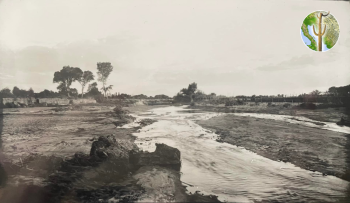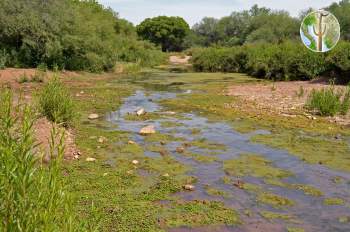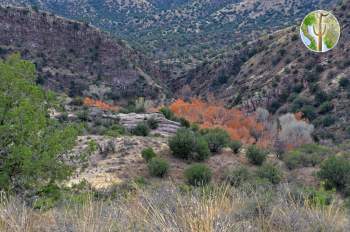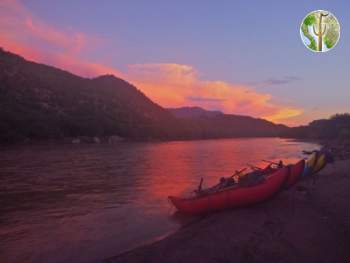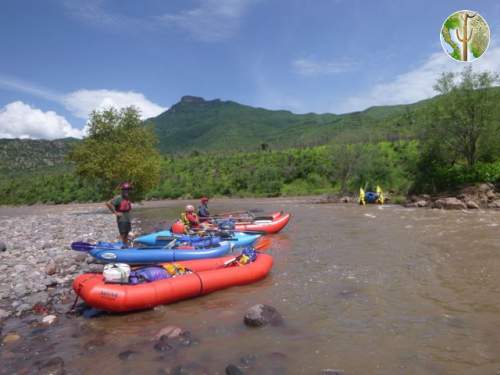Railway Construction Project in the Rio Cocospera
Residents of the Rio Cocospera river valley and the town of Imuris were shocked to learn of a huge project already under construction in late 2023. This project is a brand new railway segment from the Imuris area to Nogales, but further east than the current railway, cutting through the beautiful, biologically important, and little-disturbed Rio Cocospera drainage.

